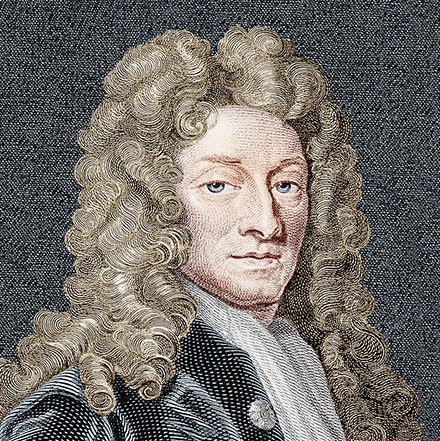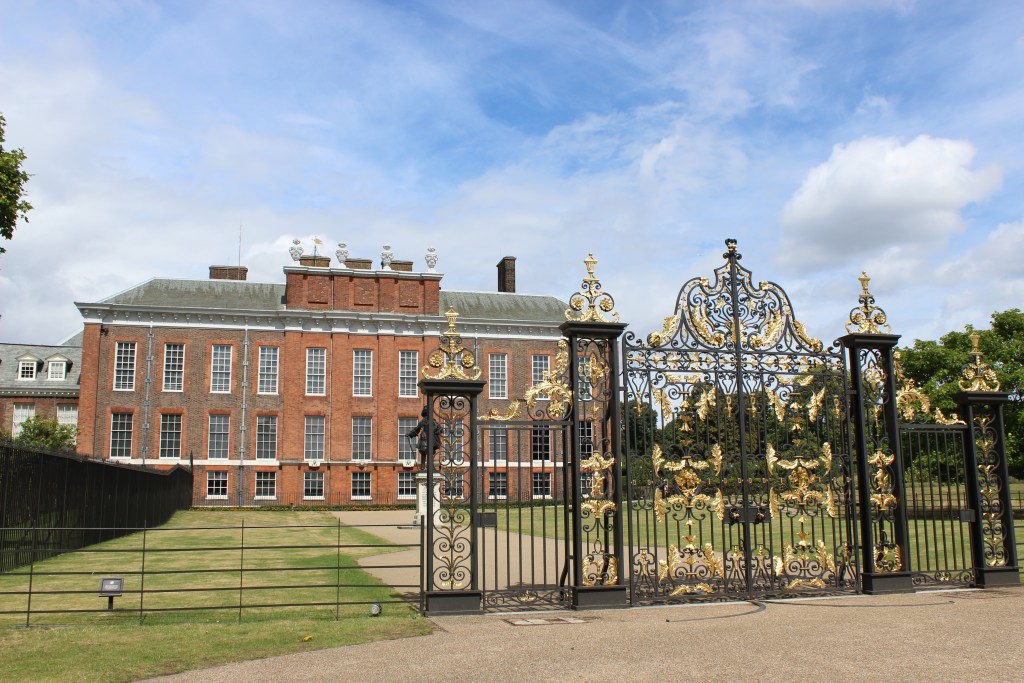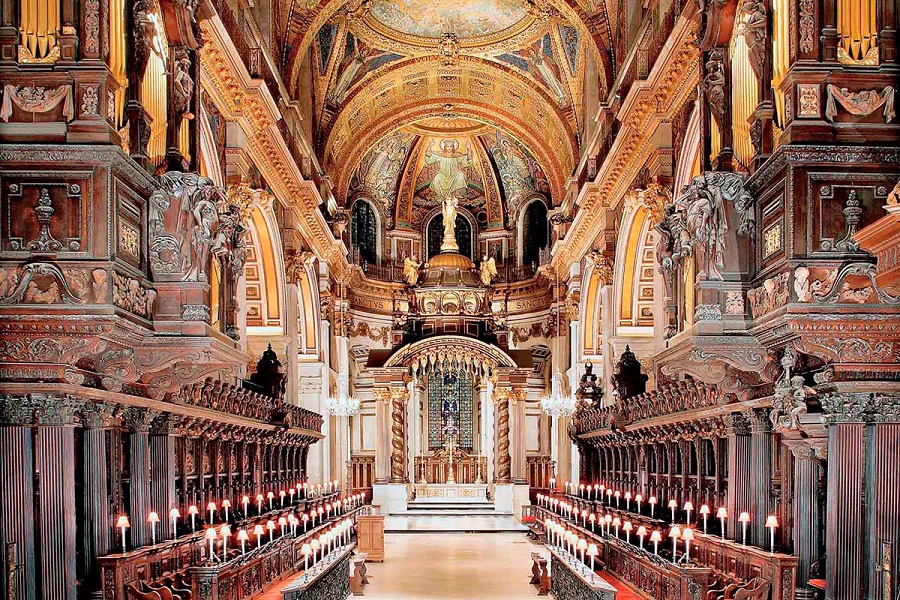


Sir Christopher Wren was a scientist and mathematician who is regarded as Britain’s most prolific architect, his most famous work is St. Pauls Cathedral.
Born on 20th October 1632, Wren studied at Westminster School and later Oxford University. His name has become synonymous with architecture, however he was a renowned mathematician and scientist. In 1657, at the tender age of 25 he was appointed the Chair of Astronomy at Gresham College, London and four years later, he was made professor of astronomy at Oxford. In 1662, he was one of the founding members of the Royal Society.
Making London
Wren’s interest in architecture stemmed from his study of Maths and Physics. For many wealthy men of his time, architecture was regarded as a suitable pastime. In 1663, commissioned by his uncle the Bishop of Ely, Christopher Wren designed the chapel at Pembroke College, Cambridge. During 1665 Wren visited Paris and was duly influenced by the Italian and French Baroque styles. After the Great Fire of London in 1666, Wren designed 51 churches and a new design for St Pauls Cathedral. He also designed the Monument which was erected to commemorate the rebuilding of London and the Great Fire of London. In 1689, King William III and Queen Mary II commissioned Sir Christopher Wren to draw up plans for the transformation of Nottingham House into a new royal residence, the world renowned Kensington Palace. In 1675, Wren was commissioned to design the Royal Observatory at Greenwich. Other buildings include Trinity College Library in Cambridge (1677 – 1692), and the facade of Hampton Court Palace (1689 – 1694).


The National Icon
St Pauls Cathedral is the largest Cathedral in England, it took 35 years to build, during 14 years of which Wren’s salary was withheld as an incentive to hurry the completion of the building.
In 1682 Wren was commissioned, by George Downing to build houses on the street that was named after him, Downing Street. Wrens architect and designs have become part and parcel of political life in the United Kingdom. He also designed the chapel in Parliament. Sir Christopher Wren was knighted in 1673 and died on February 25th 1723 at the age of 91, he is buried at St Paul’s Cathedral.
Sir Christopher Wren drew consciously on the Ottoman Architect Sinan’s Islamic architecture influences when he designed St. Paul’s Cathedral in London, with its combination of dome and towers.
The Latin inscription on his headstone translates to: ‘If you seek his memorial, look about you.’
